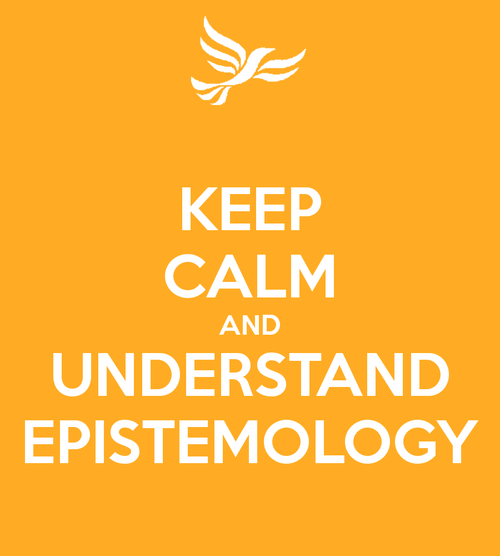Epistemetheology
The way we question life and response to these though challenges consist a multitude of approaches. Every person utilizes different methods. Especially in our postmodern times we are used to connect heterogeneous systems into a patchwork of approaches to meet the challenges in our lifes.
Philosophy is one of them; Theology a different one. In the book I read this week a variety of different systems is presented. William Raeper and Linda Smith collected all those approaches in “A brief guide to ideas. Turning points in the history of human thought.”
In sixteen steps the authors develop a thorough introduction to several problems and proposals of solution. Raeper and Smith travel though history and different disciplines to portrait streams.
They start off with classical philosophy and questions on knowledge and reason, followed by questions of identity soul, body and mind. Then, Raeper and Smith move on towards the philosophy of religion: the existence of God, Bible and mystics, rationalism and empiricism. The next steps portrait scientific disciplines or schools like existentialism, psychology, politics, humanism, etc.
The authors also deepen their examination on religious and theological questions and argue on christology, hermeneutics, reformation, science of belief, creation and evolution, miracles skepticism and pluralism, paranormal and transcendent topics, theodicy, feminism, relativism vs. certainty and new age.
All those exhaustive and detailed focus points supply with a broad introduction on the shift and history of philosophical and theological approaches towards life’s transitions and questions. And, they don’t really generate new information. No knowledge in the book is innovative or new science. The strength in the book is more the collection of several different approaches and the connection between them. Also the favored connection between rational philosophical approaches and religious or theological approaches is a nice benefit.

Epistemology
When I read the book I appreciated the way, Raeper and Smith represent a patchwork system of beliefs and mindsets, of tools or methods that people use to meet life. It was astonishing and impressive to see the heterogeneous solutions, which people came up with in different times of history.
One of the basics in philosophy is the epistemology, the science of knowledge, the “how do we know what we know”. (ἐπιστήμη knowledge and λόγος science). In further steps in history the epistemology was also used as a term of Gnostics or theologians in medieval times. They added to the “how do we know what we know” the “how do we believe what we believe?” Those approaches where followed by debates on the importance of rationality in and after the time of enlightenment.
The strength of the book “Brief guide to ideas” is not to reveal new information of the field of epistemology, but to collect plural approaches and display them in a large network of possible solutions.
Epistemetheology
How do we gain information and ideas in our postmodern times? How do we structure and build our mindset? Which methods and sciences have an impact on our individual and personal theology and philosophy. Raeper and Smith display quite visually the heterogeneous approaches, which seem to exist in a happy coexistence.
Postmodern style: Patchwork.
I wondered, if we take this habit serious. The patchwork habit, postmodern people are used to. A little bit of rational science, a little Buddha, a little socialism, a little Freud and some bible verses.
How do we approach this patchwork mindsets, which the book , unintentionally I suppose, displayed in a nice way?
Perhaps it is time, of the debates of rational science and questions of theology and religion during the enlightenment to initiate a new debate on the patchwork on mindsets. Perhaps we need to develop an epestemetheology.
Epistemetheology: as the knowledge how we deal with this multitude of offers on the market of mindsets.
What did we learn from the history of ideas, philosophical and theological and which new postmodern step might this debate give birth to?
The book of Raeper and Smith ends with a chapter called “For further thinking.”
A epistemetheology would be my further thinking. Do you want to think along?
How does your personal epistemetheology look like?
How do you know what you know, how do you believe what you believe and how do you get this patchwork of mindsets in one system?
Leave a Reply
You must be logged in to post a comment.